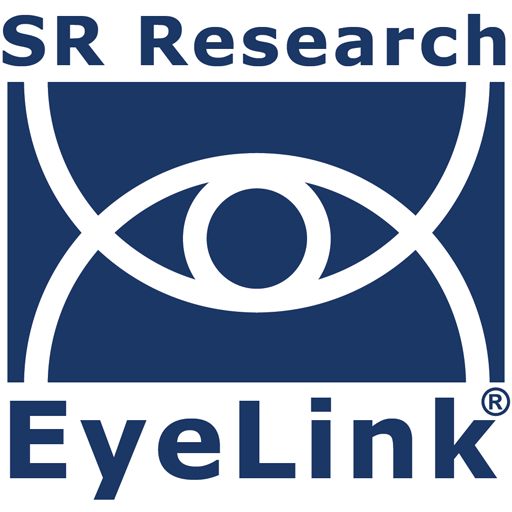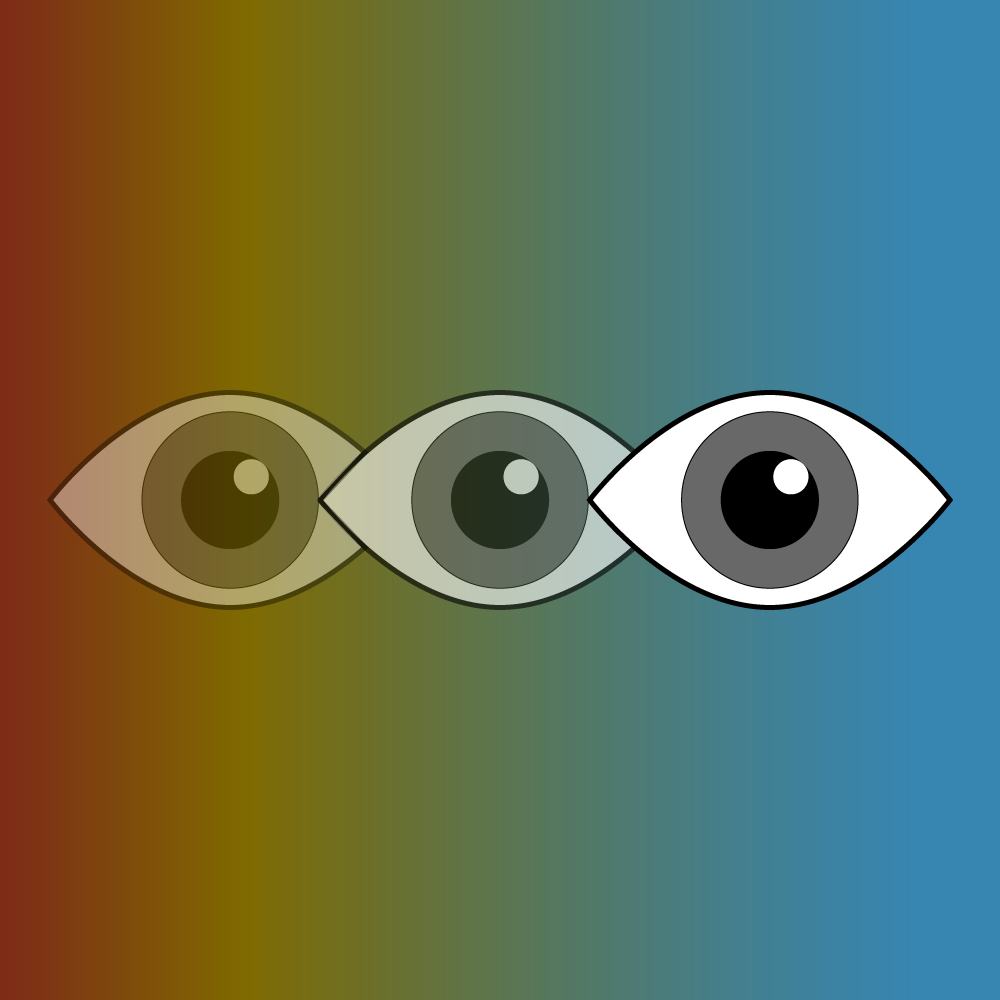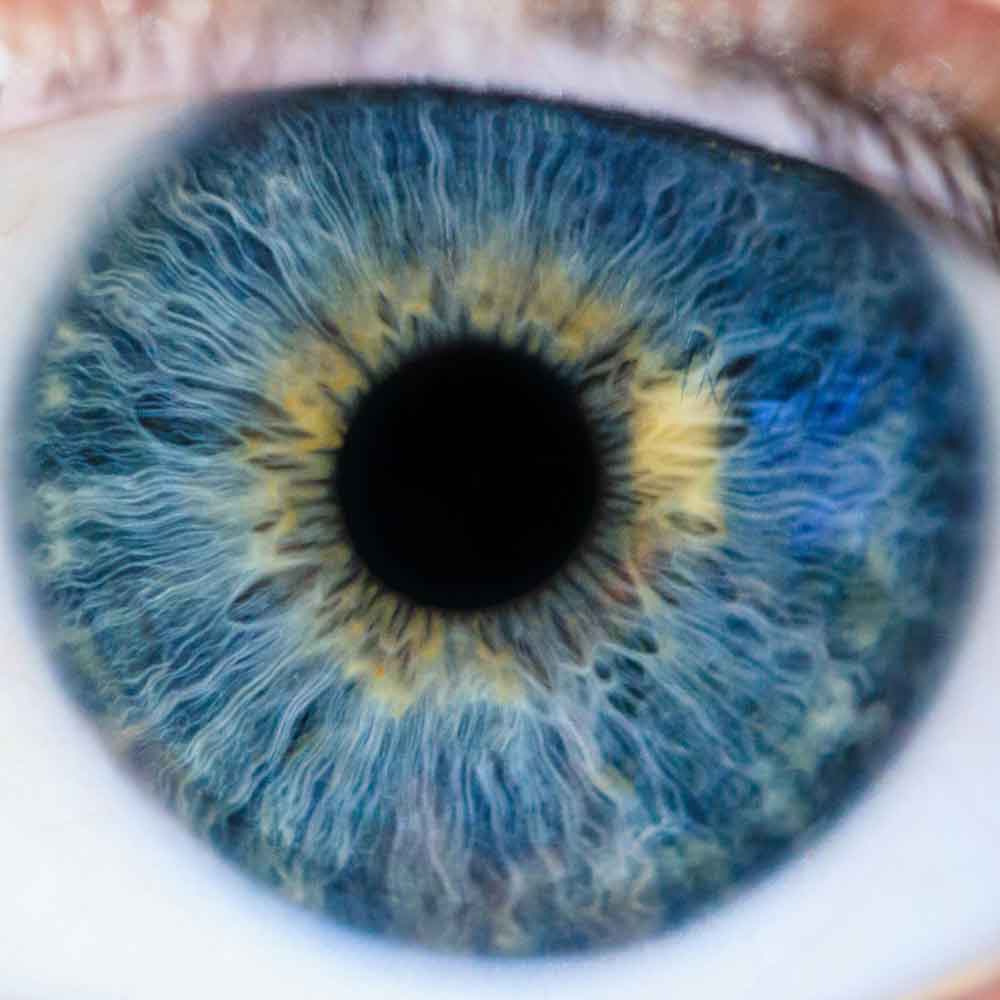
Eye tracking offers a powerful window into the visual system, allowing researchers to study how we perceive and process our surroundings. By precisely measuring eye movements, scientists can gain direct, objective insights into the mechanisms underlying perception and visual cognition.
Benefits of EyeLink Eye Trackers for Vision Research
Thanks to their fast sampling rates and outstanding levels of accuracy and precision, the EyeLink 1000 Plus 和 EyeLink Portable Duo are used in top vision research in laboratories across the world. The EyeLink 1000 Plus provides a high-resolution, flexible system, ideal for laboratory settings, with straightforward integration solutions with other biometric recording devices, including EEG, MEG, fMRI and fNIRS.. The EyeLink Portable Duo offers the same high performance levels in a compact form, perfect for data collection outside of the lab. For studies requiring integrated information of both eye and head movements, the EyeLink 3 is the perfect solution.
These systems support cutting-edge, eye-tracking research across many areas of vision research, including:
- Scene / Object Perception : By tracking where people look when they first see a new image or environment, researchers can investigate how the visual system rapidly extracts the overall meaning or “gist” of a scene, and which aspects of visual stimuli drive object identification.
- Visual Attention: By analyzing patterns of fixations and saccades, researchers can determine which parts of a scene capture attention and how this shifts over time.
- Visuomotor Control and Coordination: Researchers analyze how eye movements are coordinated with hand or body movements during tasks like reaching for an object or navigating an environment. This work is crucial for understanding the integration of vision and action in everyday life.
- Microsaccades / Fixational Eye Movements: This research focuses on the tiny, involuntary eye movements that occur even when we try to keep our gaze perfectly still. Scientists study microsaccades, drift, and tremor to understand their relationship to attention, and how they contribute to fine spatial vision.
- Motion Perception: investigates how the eyes track moving objects, measuring the accuracy of smooth pursuit to assess motion perception, predictive abilities, and the health of specific neural pathways
- Visual Illusions / Ambiguous Stimuli: By comparing gaze patterns to what people report seeing while viewing illusions, researchers aim to better understand the processes that lead to misperception.
- Peripheral vs Foveal Vision: In gaze-contingent tasks, what a person sees changes in real time depending on where they are looking. By controlling whether information is visible only in the fovea or in the periphery, researchers can directly compare how central and peripheral vision contribute to perception and attention.
Case Study Examples of EyeLink Eye Trackers in Vision Research
Software Integration with EyeLink Eye Trackers
EyeLink eye trackers integrate seamlessly with SR Research’s powerful software suite. Experiment Builder provides a user-friendly graphical interface for creating experiments – from simple tasks such as scene viewing through to complex gaze-contingent tasks often used in Vision Research. WebLink enables researchers to investigate visual cognition in situations in which the participant controls what they see and when they see it – for example, when interacting with a website, software or even while playing video games. For analysis, Data Viewer is a powerful platform for visualizing and processing eye movement data. All EyeLink systems also support integration with popular third-party stimulus presentation software, including E-Prime, PsychoPy, and Psychtoolbox.
With their outstanding data quality, sophisticated software ecosystem, and proven track record across thousands of peer-reviewed studies, EyeLink systems are the perfect choice for vision scientists.
For information regarding how SR Research products can help your research, please contact us. We are happy to help! To see peer-reviewed published research with EyeLink eye trackers, see our list of over 13,000 publications or our sample of case studies.





